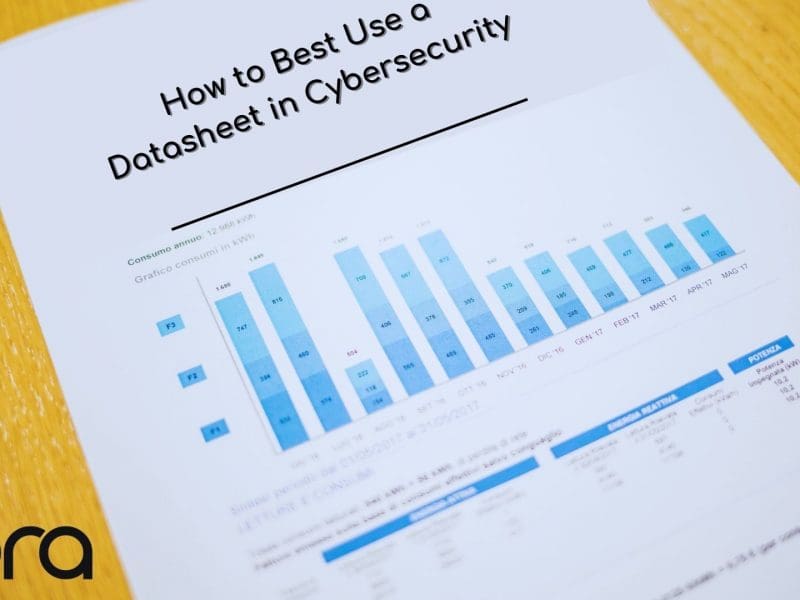There’s a vast amount of content on the internet. The meteoric rise of search engine optimization (SEO) marketing has catapulted blogs, articles, infographics, and other content to the forefront of modern marketing campaigns, flooding the internet with content. While SEO has democratized marketing somewhat, empowering savvy small businesses to compete with even the largest organizations, creating original content’s becoming increasingly difficult.
As such, many writers are turning to online plagiarism checkers to ensure their content doesn’t bear too much resemblance to other existing pieces. But how do they work? And which one is right for you?
In this blog, we’ll try to make sense of the online plagiarism checker market, understand how they work, and run through the merits of various tools.
How do plagiarism tools work?
Online plagiarism checkers compare user-submitted text with a vast database of existing work, using sophisticated algorithms and techniques to identify and flag similarities between the former and the latter. Here’s a brief overview of how they work:
- Text submission – The user typically provides the online plagiarism tool with the text they want to check for plagiarism. That text good be anything from a specific passage or sentence; to a website URL; to an entire essay or document.
- Text preprocessing – Once the user has submitted the text, the tool processes it to remove unnecessary formatting, punctuation, and other elements that could interfere with the comparison process.
- Database comparison – The plagiarism tool compares the text against its indexed content database. Different tools have different databases at their disposal; some will only include publicly available online sources, academic journals, and books, whereas others will have access to some privileged information. Most, however, will compare user-submitted text to previously submitted works.
- Similarity detection – Plagiarism tools employ algorithms that analyze the submitted text’s linguistic patterns, sentence structure, and vocabulary to identify similarities or direct matches between it and the database content.
- Originality report – Once the comparison is complete, the plagiarism checker generates an originality report or plagiarism score highlighting any identified matches or similarities and indicating the specific sources or parts of the text that could be plagiarized.
- Source identification – Some plagiarism checkers will identify and flag the sources of potentially plagiarised material, linking to the specific web pages, articles, or documents the content resembles.
Which plagiarism tool is right for you?
Instead of reviewing every plagiarism tool out there (and there’s a lot), we thought it would be more worthwhile to identify the best one for large organizations, small to medium-sized businesses (SMBs), and personal use.
Turnitin – Best for large organizations
Although primarily marketed to academic institutions, Turnitin is the obvious choice for large organizations (those with 100+ employees). Turnitin serves 81 of the world’s top universities, handles 1 million daily submissions, and supports 19 languages. It has a proven track record of catering to large organizations at an affordable price and can handle high demands.


Image courtesy of Turnitin
While you’ll have to contact Turnitin for an exact quote, some sources claim the yearly cost per user is around $3. To put that in perspective, Grammarly Business, which we’ll cover later, charges $12.50 per user per month. Considering Turnitin boasts the industry’s largest database, including 91 billion current and archived web pages, 1.4 billion global student submissions, and 82 billion scholarly journal articles, it’s the obvious choice for any organization with over 100 user accounts.
Grammarly – Best for SMBs
Although not a dedicated plagiarism checker, Grammarly is the best tool for SMBs. It compares submitted text to over 16 billion web pages and academic papers on the ProQuest database and is unlikely to make any glaring errors. Moreover, Grammarly pledges never to make the submitted text available on a search engine or as part of a database, which should give SMBs peace of mind that they’re not exposing any trade secrets.
While Grammarly provides a free plagiarism checker, SMBs need more features. For example, the free version will tell the user if the submitted text is plagiarised but won’t specify the source. And, honestly, forking out for a Grammarly business account is well worth it; alongside the plagiarism checker, Grammarly Business offers AIWhat is AI? Artificial Intelligence (AI) refers to the simulation of human intelligence processes by computers in an aim to mimic or exceed human cognitive abilities across a range of domains.... writing assistance, suggestions, and spelling/grammar checks. Better still, Grammarly doesn’t require prospects to get in touch for a quote – it provides a pricing slider on its website.


Image courtesy of Grammarly
Quetext – Best for individuals
Boasting everything Grammarly does and more, Quetext is undoubtedly the best plagiarism checker tool for individuals. It’s affordable, starting at $8.25 a month; comprehensive, identifying all types of plagiarism, including poor paraphrasing and accidental plagiarism; and efficient, allowing writers to cite their sources as they go.


Image of courtesy of quetext
Plagiarism checkers are an invaluable resource for writers looking to ensure the originality of their work. However, it’s crucial to remember that they are not 100% accurate; writers and editors should always check work manually after using a plagiarism tool.
Enjoyed reading about checking plagiarism tools? Interested further in exploring tools to assist your writing? Check out this blog from our stellar back catalog: AI verification tools.




